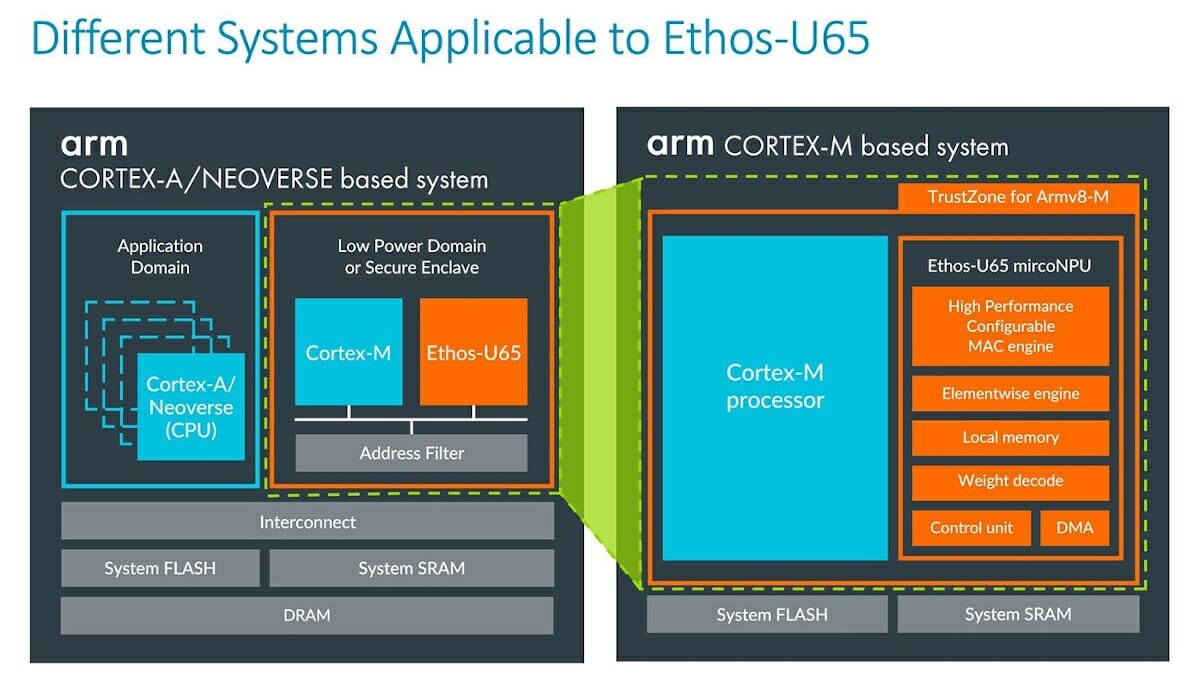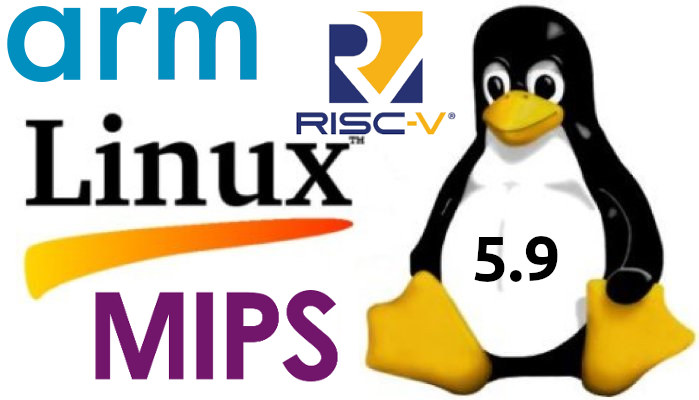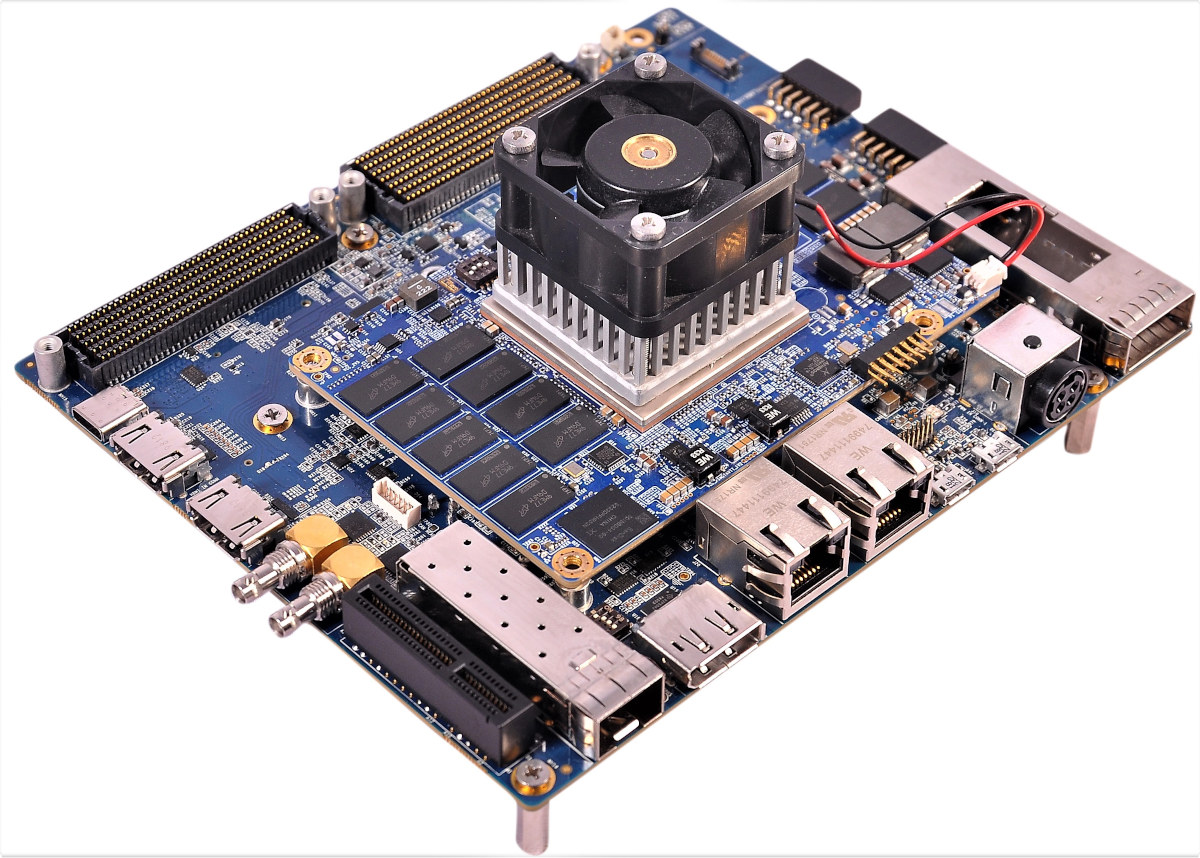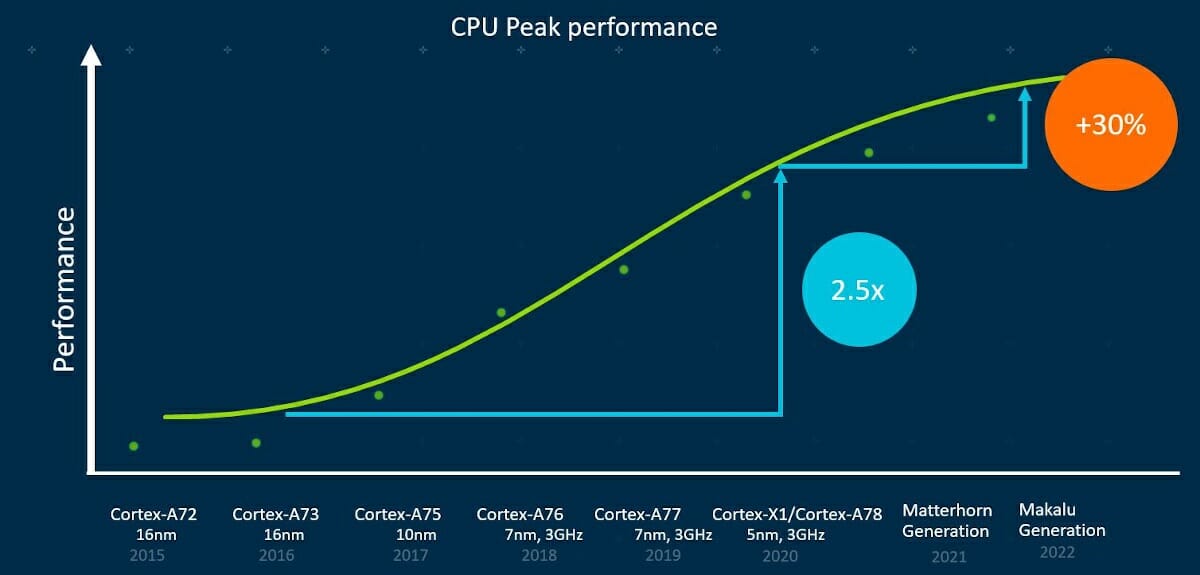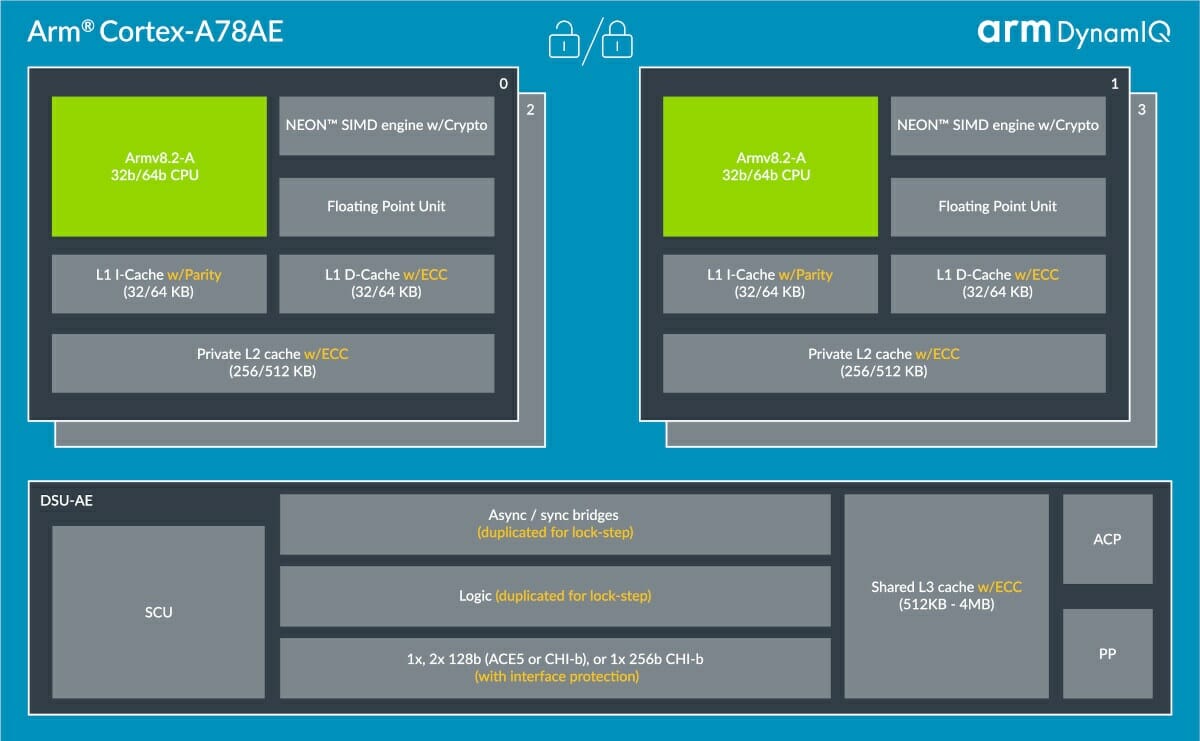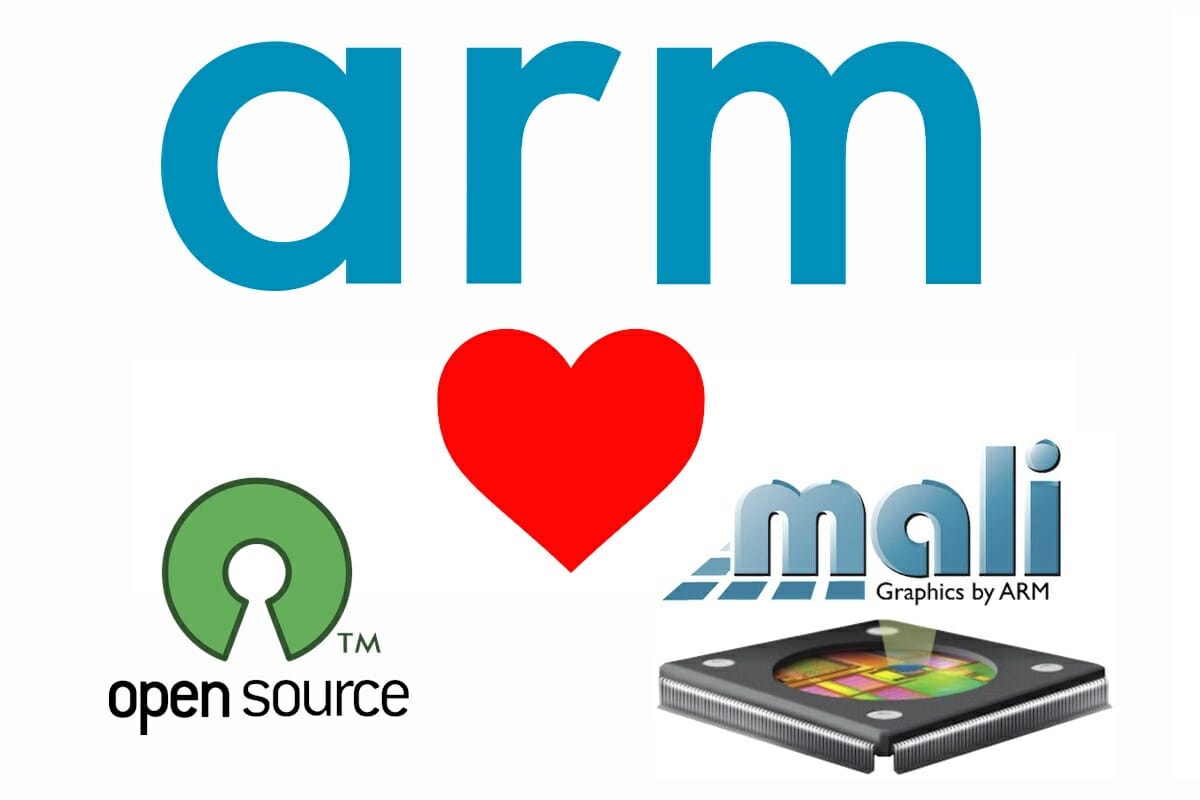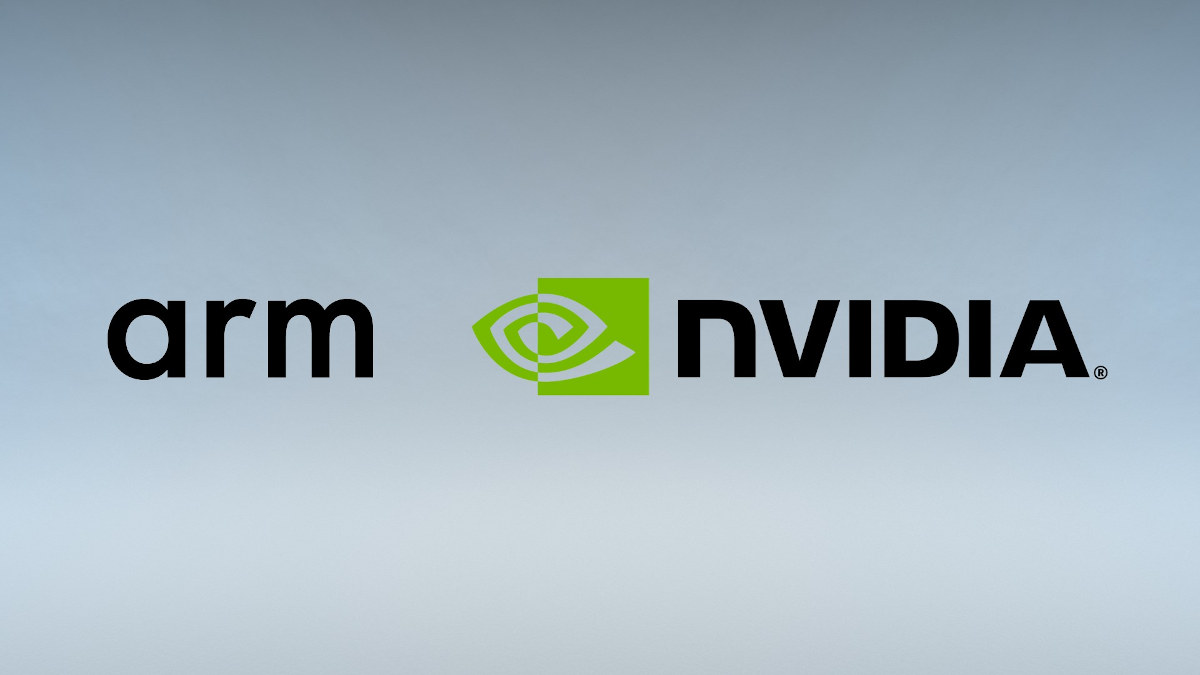[Update November 7, 2020: Correction for the meaning of “multi-OS support” on Arm Cortex-A78AE core] Arm Cortex-A78 CPU core was first introduced in May 2020 with a focus on mobile devices like smartphones and was followed by Cortex-A78AE for automotive and industrial embedded applications in September. The company has now introduced a new variant with Arm Cortex-A78C supporting up to eight cores per cluster, a larger cache up to 8MB for higher performance, and advanced security features all designed for always-on laptops and other “on-the-go” devices. Arm Cortex-A78C key features and specifications: Architecture – Armv8-A (Harvard) Extensions – Armv8.1, Armv8.2, Cryptography, and RAS; Armv8.3 (LDAPR instructions only), Armv8.3-A and Armv8.6-A Pointer Authentication support (excluding the optional FPAC extension), and Armv8.4 multi-OS support ISA support – A64, A32, and T32 (at EL0 only) Microarchitecture Pipeline – Out of order Superscalar Neon / Floating Point Unit Optional cryptography Unit Max number of […]
Arm Ethos-U65 microNPU enables low-power AI inference on Cortex-A & Neoverse SoC’s
Arm introduced their very first microNPU (Micro Neural Processing Unit) for microcontrollers at the beginning of the year with Arm Ethos-U55 designed for Cortex-M microcontrollers such as Cortex-M55, and delivering 64 to 512 GOPS of AI inference performance or up to a 480x increase in ML performance over Cortex-M CPU inference. The company has now unveiled an update with Arm Ethos-U65 microNPU that maintains the efficiency of Ethos-U55 but enables neural network acceleration in higher performance embedded devices powered by Arm Cortex-A and Arm Neoverse SoCs. Arm Ethos-U65 delivers up to 1 TOPS, and as seen in the diagram enables features that can not be done with Ethos-U55 including object classification and real-time classification. Compared to Ethos-N78 NPU, the new microNPU offers less AI performance, but a significantly higher efficiency although AFAIK no quantified by Arm. The company says the development workflow remains the same with the use of the […]
Linux 5.9 Release – Main Changes, Arm, MIPS & RISC-V Architectures
Linus Torvalds has just announced the release of Linux 5.9 on lkml: Ok, so I’ll be honest – I had hoped for quite a bit fewer changes this last week, but at the same time there doesn’t really seem to be anything particularly scary in here. It’s just more commits and more lines changed than I would have wished for. The bulk of this is the networking fixes that I already mentioned as being pending in the rc8 release notes last weekend. In fact, about half the patch (and probably more of the number of commits) is from the networking stuff (both drivers and elsewhere). Outside of that, the most visible thing is a reinstatement of the fbdev amba-clcd driver – that’s a noticeable patch, but it’s basically just mainly a revert. The rest is really really tiny (mostly some other minor driver updates, but some filesystem and architecture fixes […]
Xilinx Zynq UltraScale+ ZU19EG MPSoC Devkit Offers HDMI 2.0, 10GbE, High-Speed Transceivers
iWave Systems iW-RainboW-G35D is a development kit powered by Xilinx Zynq UltraScale+ ZU19EG Arm Cortex-A53 and FPGA MPSoC coupled with 4GB DDR4 RAM with ECC for the processing system (PS) & 4GB dual-channel DDR4 RAM for the programmable logic (PL). The board is equipped with HDMI 2.0 output/input ports supporting 4Kp60 UHD resolutions, a 10GbE SFP+ cage, FMC+, FMC, FireFly, and QSFP connectors for high-speed transceivers, and more. iW-RainboW-G35D specifications: iW-RainboW-G35M SoM Xilinx Zynq Ultrascale+ ZCU19EG MPSOC (-1 speed) with four Cortex-A53 cores @ 1200 MHz, dual-core Arm Cortex-R5 MPCore up to 600MHz, FPGA fabric with 1,143K logic cells, and Arm Mali-400 MP2 GPU (lower-end ZCU17EG and ZCU11EG MPSoC are also available) System Memory 4GB DDR4 RAM for PS 4GB Dual DDR4 RAM for PL Storage – 8GB eMMC Flash (for boot code) Transceivers PS-GTR Transceivers x 4 @ 6Gbps PL-GTH Transceivers x 32 @ 16.3Gbps PL-GTY Transceivers x 16 […]
Arm CPU Roadmap to 2022 – Matterhorn and 64-bit only Makalu CPU Cores
The Arm DevSummit 2020, previously known as Arm TechCon, is taking place virtually this week until Friday 9th, and besides some expected discussions about NVIDIA’s purchase of Arm, there have been some technical announcements, notably a high-performance CPU roadmap for the next two years, which will see Matterhorn (Cortex-A79?) in 2021, and Makalu (Cortex-A80?), the first 64-bit only Arm processor, in 2022. The company did not provide many details about the new cores, but they expected a peak performance uplift of up to 30% from the Cortex-A78 to the future Makalu generations. It should be noted that while performance keeps improving, the curve has flattened a bit. But the main announcement is that starting from 2022, all high-end Arm CPU cores (i.e. the “big” cores) will be 64-bit. So far, most Cortex-A cores supported both 32-bit (Aarch32) and 64-bit (Aarch64) architecture, and as we noted four years ago, the latter […]
Arm Announces Cortex-A78AE CPU, Mali-G78AE GPU & Mali-C71AE ISP for autonomous automotive & industrial applications
Arm has announced new CPU, GPU, and ISP specifically designed for autonomous automotive and industrial applications with respectively Cortex-A78AE CPU, Arm Mali-G78AE GPU, and Arm Mali-C71AE ISP. Arm Cortex-A78AE CPU Key features and specifications: Architecture – Armv8.2-A (AArch32 at ELO only) Extensions – Armv8.1, Armv8.2, and Armv8.3 extensions (LDAPR instructions only), RAS extensions, Armv8.4 Dot Product, Cryptography extensions, RAS extensions Microarchitecture Up to 4x CPU cores per cluster Out of order pipeline Neon / Floating Point Unit included with INT8 Dot Product and IEEE FP16 Optional Cryptography Unit 48-bit Physical Addressing (PA) Memory system and external interfaces 32kB to 64kB L1 I-Cache / D-Cache 256kB to 512kB L2 Cache Optional 512kB to 4MB L3 Cache ECC Support LPAE Bus interfaces – AMBA ACE or CHI Optional ACP, peripheral port Functional Safety Support – ASIL D Systematic1 and ASIL D Diagnostic2 Security – TrustZone Interrupts – External GICv4 Generic timer – […]
Arm Officially Supports Panfrost Open-Source Mali GPU Driver Development
Most GPU drivers found in Arm processors are known to be closed-source making it difficult and time-consuming to fix some of the bugs since everybody needs to rely on the silicon vendor to fix those for them, and they may even decide a particular bug is not important to them, so you’d be out of luck. So the developer community has long tried to reverse-engineer GPU drivers with projects like Freedreno (Qualcomm Adreno), Etnaviv (Vivante), as well as Lima and Panfrost for Arm Mali GPUs. Several years ago, Arm management was not interested at all collaborating with open-source GPU driver development for Mali GPUs, but as noted by Phoronix, Alyssa Rosenzweig, a graphics software engineer employed by Collabora, explained Panfrost development was now done in partnership with Arm during a talk at the annual X.Org Developers’ Conference (XDC 2020). A recent merge commit confirms the move with Daniel Stone, Graphics […]
NVIDIA to Acquire Arm for $40 Billion from Softbank
A few weeks ago, I read rumors about NVIDIA acquiring Arm, and I thought it was probably just a joke because of the obvious conflicts of interests since NVIDIA would be providing IP to competitors, who may then be wary of starting designs based on Arm NVIDIA cores and GPUs. But guess what? That’s now official with NVIDIA writing on their blog they had a definitive agreement under which NVIDIA will acquire Arm Limited from SoftBank Group Corp. (SBG) and the SoftBank Vision Fund (together, “SoftBank”) in a transaction valued at $40 billion. I seldom write about business news, but it looks like in this case there may be repercussions. Let’s see details about the transaction: Under the terms of the transaction, which has been approved by the boards of directors of NVIDIA, SBG and Arm, NVIDIA will pay to SoftBank a total of $21.5 billion in NVIDIA common stock […]



